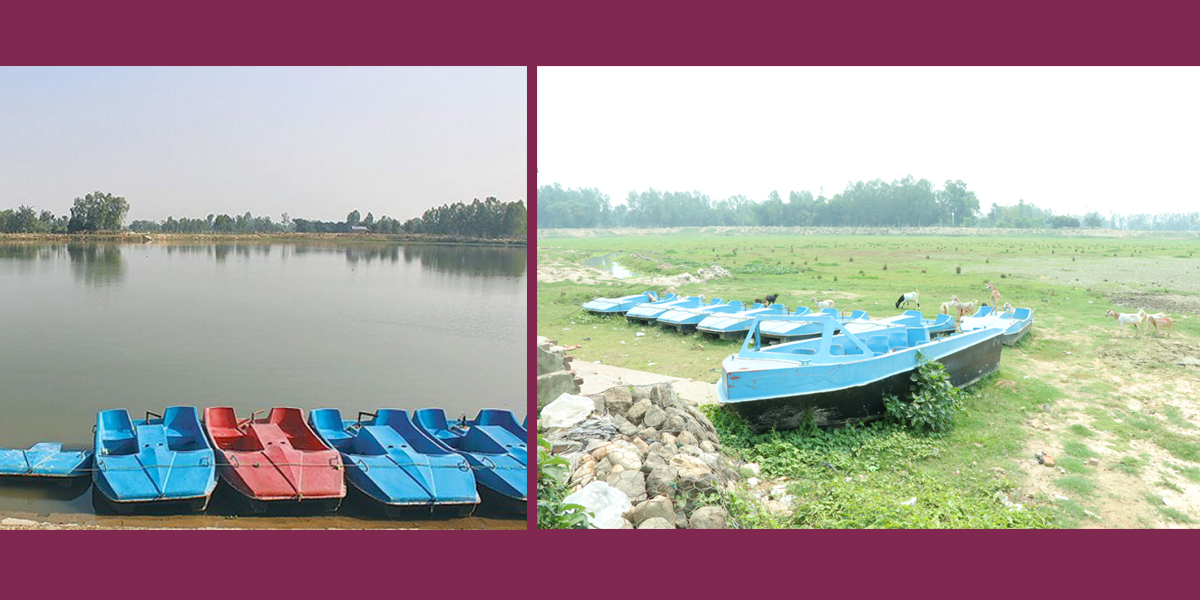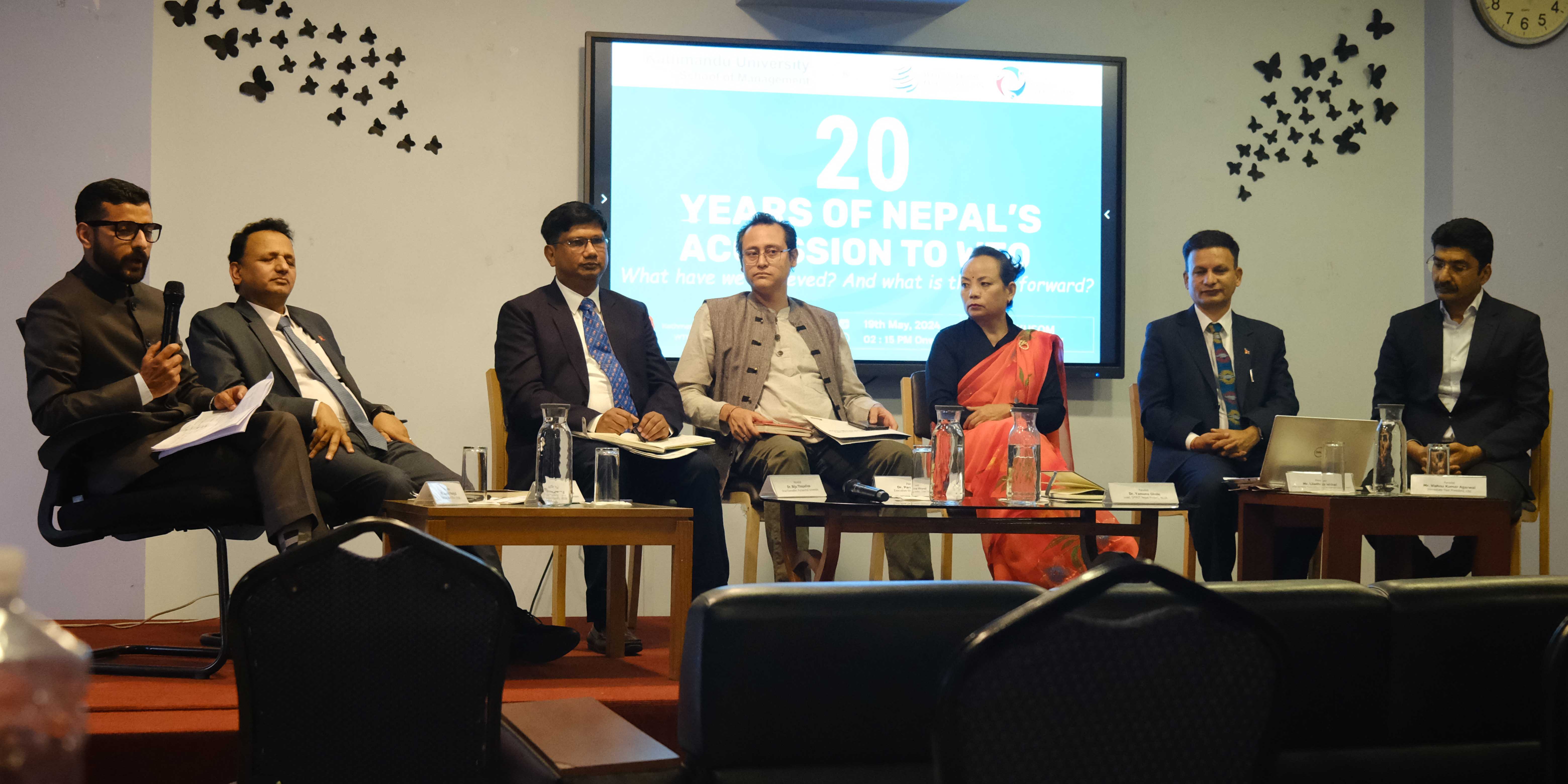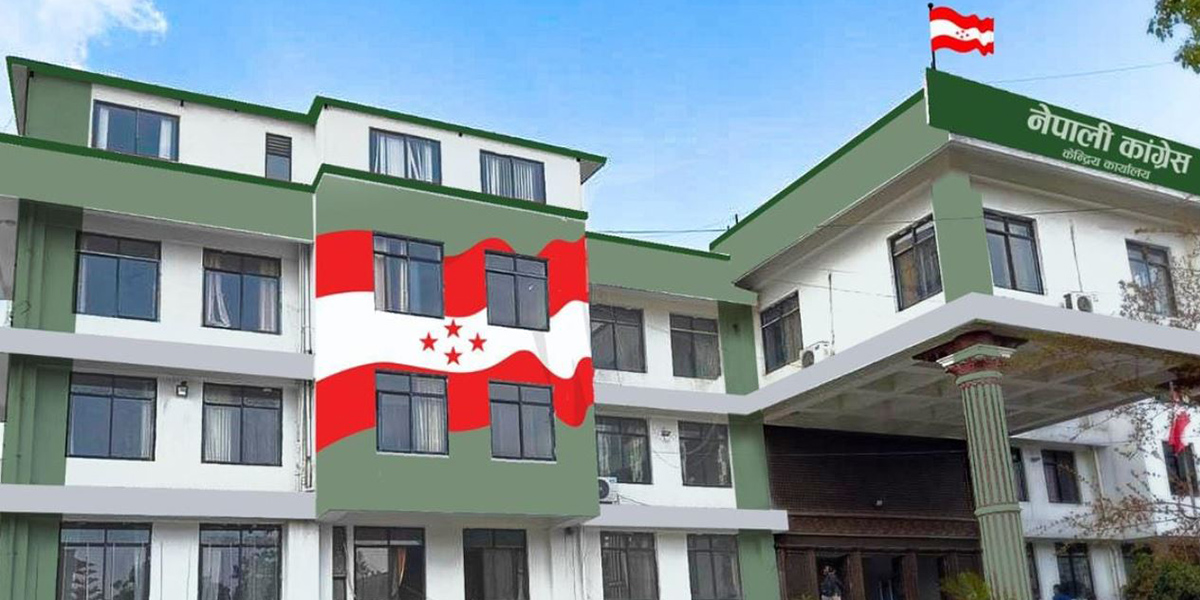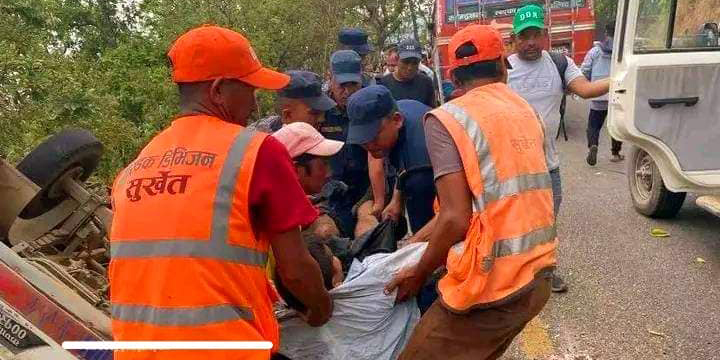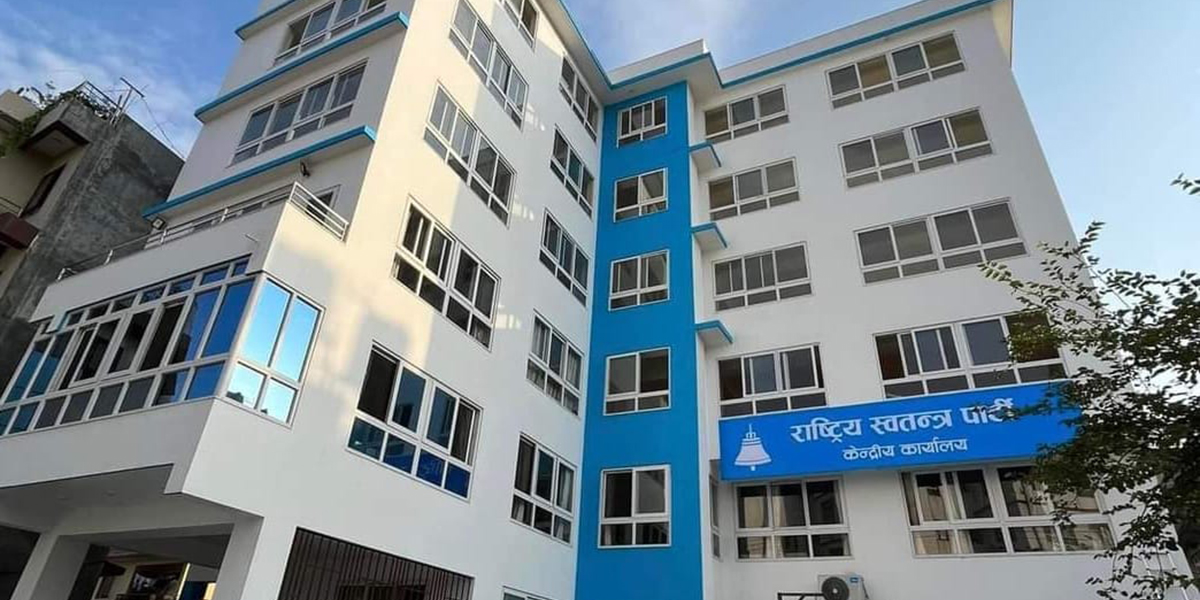 This undated photo shows migrant workers boarding a Qatar Airlines flights at Tribhuvan International Airport in Kathmandu.
Photo Courtesy: Center for the Study of Labor and Mobility
This undated photo shows migrant workers boarding a Qatar Airlines flights at Tribhuvan International Airport in Kathmandu.
Photo Courtesy: Center for the Study of Labor and Mobility
Remittances from foreign employment play an important role in the Nepalese economy, but the country is also facing a significant social cost due to this.
KATHMANDU: The number of young people leaving the country for work is on the rise due to a lack of employment and opportunities within Nepal. According to a report by Nepal Economic Forum, an estimated 1,700 youth leave the country every day for employment.
According to preliminary data from the Nepal Census 2021, 2.2 million Nepalis are working abroad, with 18.72% being female. The number of women going abroad for employment has also been increasing in recent years, as compared to a decade ago, when the share of women among migrant workers was around 7%.
During the first four months of the current fiscal year, which began in mid-July, a total of 195,196 youths obtained labor permits for foreign employment, while another 87,428 received re-entry permits.
Remittances from foreign employment play an important role in the Nepalese economy, but the country is also facing a significant social cost due to this. The Department of Foreign Employment issued 4 million labor permits in the past decade, mostly to individuals aged 19 and above, with the majority being in the 25-35 age group. This age group is considered active and productive in terms of both work and reproductive health.
The migration of young people in their prime working years has caused disruptions to the social structure as they are not with their families. These individuals, who were living a leisurely life in their homeland, often experience unhappiness and isolation in the foreign land. They are also subjected to physical and mental strain from working long hours and being away from their familiar surroundings. Additionally, their migration also brings financial burdens on them as they have to take care of their family responsibilities like debt and children’s education which add to their sufferings.
The emotional toll of being separated from loved ones also adds to the difficulties faced by these migrant workers. The constant worry for the well-being of their parents, children, and spouses can be a source of stress and anxiety for them. Additionally, media reports of couples breaking up due to long-distance relationships are also a common occurrence, adding further pressure to the already difficult situation faced by these youths working abroad. A study conducted by the Safe Immigration Project found that 7 out of 100 young people who returned from working abroad were experiencing mental turmoil, with the condition of 2-4 individuals being particularly concerning. The study identified that sensational headlines in online news portals and social media sites were one of the contributing factors.
Not only do the individuals who migrate for work experience difficulties, but their partners left behind also suffer from loneliness and mental weakness. This is particularly true for women who are often left to bear the burden of managing the household and raising children alone. In some cases, they may also experience trauma from being separated from their family members. This has led to an increase in internal migration and the number of nuclear families in Nepal.
Psychologist Dr Ganga Pathak notes that foreign employment has a multifaceted impact on society, including on relationships. “Being separated from one’s partner creates suspicion and mistrust, leading to frequent arguments, loneliness and even break-ups,” she said.
Approximately 90% of the people seeking psychological counseling from Dr. Pathak are young people, many of whom are struggling with the pressures of foreign employment. She also pointed out that it’s already too late for the government to take appropriate measures to address the social ills caused by migration.
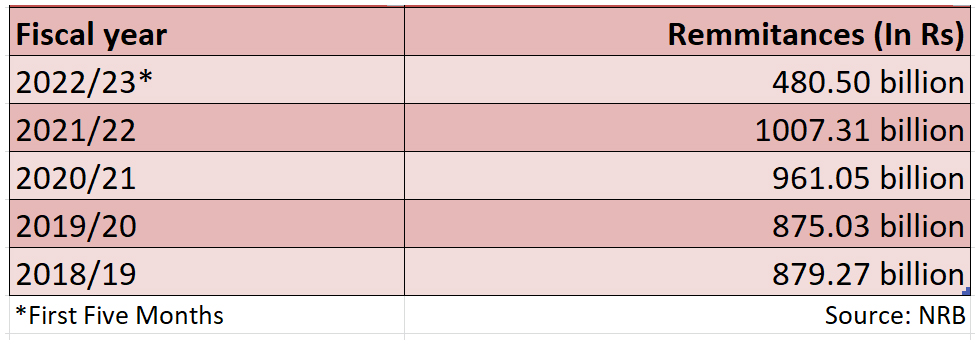
The demographic structure of society is also being affected by migration, which is contributing to an aging population in Nepal. In 2015, there were 11 youths for every elderly person, but this ratio is projected to decrease to 4 youths per elderly person in 2060.
Economist Dr Swarnim Wagle has written in his book Atripta Avasar (Unfulfilled Opportunity) that the median age of the Nepali population is 24 years, meaning that half of the population is under 24 years of age. However, due to increasing migration and emigration abroad, as well as changes in fertility rates, death rates, and life expectancy, this youthful demographic of the population is not expected to last much longer. Dr Wagle predicts that by 2028, Nepal will become an “aging” society, with 7% of the total population being over 65 years old.
In other words, as Nepal progresses towards becoming a developing country, the number of young people in their prime earning years will decrease, which will create additional challenges for the country in terms of economic development.
Quality of life increases
The Department of Foreign Employment has been providing labor permits for 110 countries. Till November of the current fiscal year, Nepal received Rs 480.50 billion in remittances from these countries. The remittances coming through foreign employment have helped to improve the standard of living for many Nepali people. Remittance has played a significant role in improving the quality of life, health, and education for many individuals and families.

According to data from Nepal Rastra Bank, one out of every three households in Nepal receives remittances. These households typically spend 10% of their income on education, and due to the increased flow of remittances, the expenditure on education by the general population has increased by 25%. Similarly, families that receive remittances are spending 27% more on health care than those who are working within the country.
In the financial year 2003/04, the population below the poverty line was 30.9%. However, it has since dropped to 19%. One of the reasons for this decrease is the impact of remittances. Experts believe that remittances will continue to play a role in reducing absolute poverty, helping to reach the target of single-digit poverty by 2030 as per the UN Sustainable Development Goals.
According to data from the central bank, in the last five years, the contribution of remittances to foreign exchange reserves has remained at an average of 54.6%. Since the flow of remittances is higher than development grants provided by international donor agencies and direct foreign investment received by Nepal, the contribution of remittances to foreign exchange reserves is significant.
The Nepal Living Standards Survey 2020/21 shows remittances account for 31% of the total income of households receiving them. Data shows that 78.9% of the total remittances received are spent on household consumption, 7.1% on debt repayment, 3.5% on education and 4.5% on household assets. Only 0.6% of the remittance amount is saved.
While remittances play a significant role in poverty alleviation, they are not a sustainable solution. Experts suggest that the consumption pattern of remittances should be changed. Economist Dr. Bishwas Gauchan argues that it is necessary to use the billions of rupees that come in remittances every year for development activities and big projects that will improve the economy in the long-term.
To achieve this, the government must work in a planned manner to reap long-term benefits from remittances. The three levels of government can plan to use the skills and competencies of youths who have returned from foreign employment in the country. By paying attention to small to large projects, their marketing, and employment growth according to the needs of society, the country can earn social value along with the economy from remittances.


